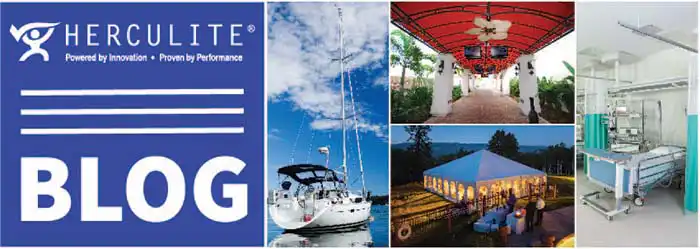Why American-Made Antimicrobial Fabrics Are the Best Choice
Discover how American-made antimicrobial fabrics enhance safety and support the U.S. economy with high-quality materials from experienced...

Discover how American-made antimicrobial fabrics enhance safety and support the U.S. economy with high-quality materials from experienced...
Discover the importance of antimicrobial fabrics and pressure management mattresses in preventing ulcers and enhancing patient care in healthcare...
You can learn about the issues surrounding using single-use products versus more durable products in the healthcare setting, specifically as curtains.
Learn about antimicrobial fabrics, their work, and their applications in healthcare, hospitality, sportswear, and more, including benefits and care.
With a sterling reputation built over decades, Herculite has meticulously become one of the nation's top medical textile companies.
Herculite Products Inc.® is pleased to introduce new Architent® with Sure-Chek® Antimicrobial line of tent fabrics.
Antimicrobial textiles are hugely important when it comes to patient safety, but only if they meet certain quality characteristics.
Antimicrobial textiles have been treated to help inhibit or destroy the growth of disease-causing microbes. Commonly used in hospitals and other...
Antimicrobial Fabrics are treated or made with chemicals which inhibit the growth of bacterial microbes on the fabric.
What are antimicrobial textiles? Read more how these specialty healthcare fabrics are manufactured, how and why they perform, and what they are good...
Hospital bed mattresses can be made using gel, foam, or even air as interior support materials. How can a hospital bed help a patient?
Choosing the right medical fabric is important and takes time and consideration to find the right one.